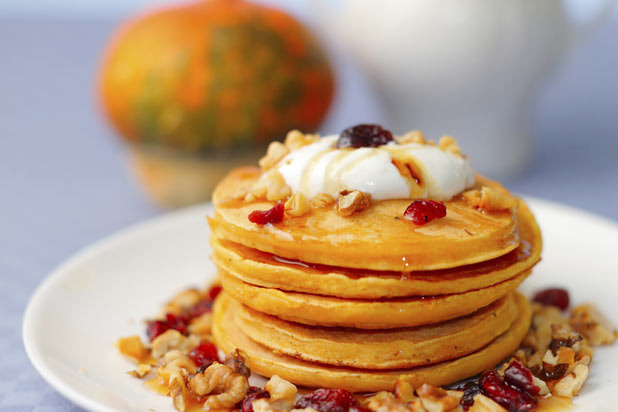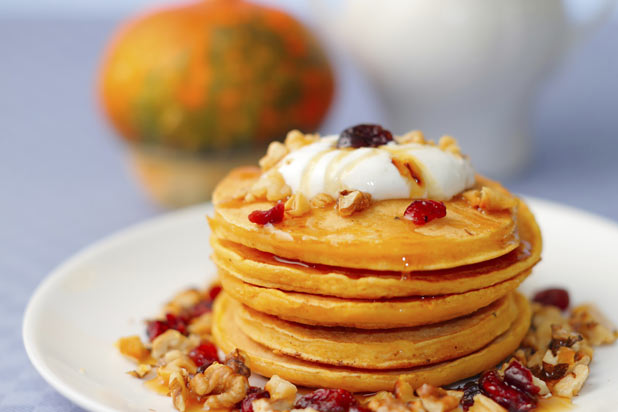10 Healthy Reasons You Should Be Eating Squash This Fall
Most squash varieties are available year-round, but autumn makes us think of warm hearty meals filled with fresh-from-the-farm vegetables like pumpkin and butternut squash. Fall sees the beginning of winter squash at farmers markets and farm stands, like kabocha and acorn squash, which are perfectly suited for soups, stews, and slow-cooker meals.
Click here to see 10 Healthy Reasons You Should be Eating Squash This Fall (Slideshow)
Although it's used in savory dishes as a vegetable, squash is really a fruit. There are hundreds of varieties of squash, and a little bit of seasoning and time in the oven allows for a wide range of flavors from this fall staple.
The term "summer squash" (think zucchini and its yellow counterparts) refers to both the season when the squash is harvested and the thickness of its skin. Let a summer squash grow long enough and it'll turn into a very large, hard-skinned squash. Winter squash is ready to be harvested in the fall, and is a thick-skinned, tough fruit already.
Squash is very high in beta-carotene, which provides about 50 percent of the vitamin A in the American diet. Squash also contains vitamin C, potassium, fiber, and omega-3 fatty acids. These attributes help maintain healthy skin by assisting in the growth of skin cells.
Unlike summer squash, which has edible skin and can be eaten raw, winter squash is usually peeled and must be cooked. There are many methods to cooking squash, from boiling to broiling, but a tried and true method for most squash is roasting. Carefully cut the squash in half and scoop out the fibers and seeds. At this point, you can separate the seeds from the fibers to toast them for a snack. Roast the squash cut-side down at 350 degrees F until tender. From there, it's ready to eat.
Whether it's spaghetti squash taking the place of pasta or using a hollowed-out pumpkin as a soup bowl, fall is a time to stay healthy with squash.
Pumpkin
(Credit: iStock/Thinkstock)
Large field pumpkins are best suited for decorating, but eating varieties like Sugar Pie or New England Pie are meaty and slightly sweet. Use pumpkin to make purée, risotto, pie filling, and pumpkin-flavor pancakes.
Mini Pumpkin
(Credit: iStock/Thinkstock)
Mini pumpkins, like the Jack Be Little or Munchkin varieties, are the perfect size for stuffing or using as edible serving bowls.
Click here to see more Healthy Reasons You Should be Eating Squash This Fall
Julie Ruggirello is the Recipe Editor at The Daily Meal. Follow her on Twitter @TDMRecipeEditor.

